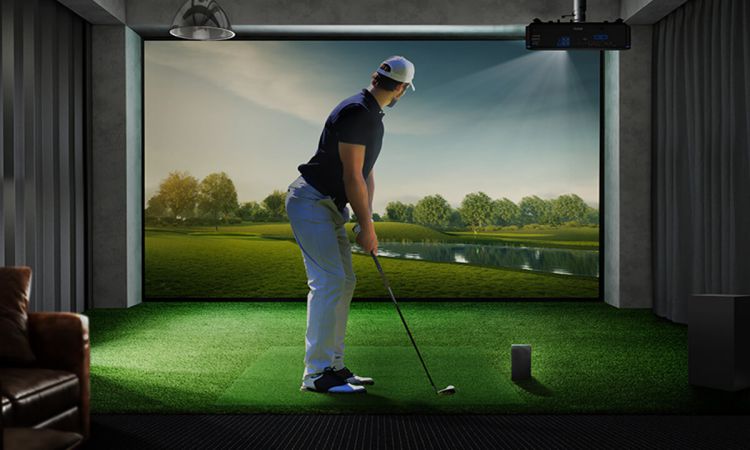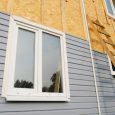 Are you an ardent golfer?
Are you an ardent golfer?
Suppose you are an individual who aspires to have your private simulator system or an enterprise searching for a simulator component for business uses. In that case, you are always stumped by one tripping obstacle that outweighs all others – expense.
It is to be noted that Golf simulators are not cheap. They are also highly pricey if you would like a whole simulator adventure with a high-end monitoring system, a perfect projector, grass, display & enclosure, and feature-rich software.
Here is a short guide on making the best DIY Golf simulator if you have the right resources. Of course, you will not be able to create high-tech equipment like a projector or monitoring system yourself, but you may still save a lot of bucks by creating wherever feasible.
If you want to experiment with the best components for your golf simulator, here is useful information.
The Monitoring System
The monitoring system is the core component of the golf simulator, the technical heart. It collects information from the ball and the club, including ball velocity, spinning frequency, distance, the speed of the clubhead, and club trajectory. It is what allows golf simulation to be feasible. There is no simulator without a high-end monitoring system. Most low-cost golf simulator systems employ a launch sensor; however, detectors and cameras installed on the roof or the floor may also be used.
Launch monitors and monitoring systems are essential as they employ various technologies such as photometric, stereoscopic, infrared, radar, and photometric. It is one of the most critical features of the DIY Golf simulator.
The Software
Suppose you’re striking balls on the simulated practice range, enjoying a round of golf, playing quick games, taking challenges, or playing the game online. In that case, a powerful golf simulator software is required to view the measured values recorded by the monitoring system. All you have without the best software for golf simulators, you will only have numeric values points, which isn’t the same as a real golf simulator.
The Projector
Although a projector isn’t necessary to operate the golf simulator, it is highly advisable. This component can project the digitized stream of simulator software, which is running on either a smartphone or a Computer, onto the touch screen, allowing you to view the fleeting speed of the ball.
Laser projectors, lamps, and LED options are now commercially available. Lamp projectors are dependable as they have been in the market for quite some time, but projectors made of LED and laser need far less servicing or maintenance.
Enclosure and Impact Screen
The impact display is the one that you knock your balls onto, and it also serves as the projection medium for your computer simulation if you’re using a projector. Enclosures comprise sidewalls and higher barriers that stop the ball from exiting laterally. Most simulator displays are plain, but a curved display may take things to a new level. Curved screens extend around your peripheral vision and are intended to provide an even more interactive environment.
Genuine simulator displays are built to endure the force of balls flying at extremely high speeds millions of times. Enclosures strictly must be constructed of sturdy materials and assist in filtering out sunlight so the projections may be seen more clearly.
The Net
A net is a less expensive option than a screen and projector arrangement. With the aid of nets, you can usually see the golf simulation immediately on your smartphone, and there are several workarounds. You may, for instance, link your software stream to your Television with HDMI and place the TV just behind a net.
Nets, like screens, are engineered to survive thunderbolt strikes from golf balls, and many of the net variants also do an excellent job of limiting weak shots. Some nets are even constructed to give the ball roll back to you once it has hit the ground.




